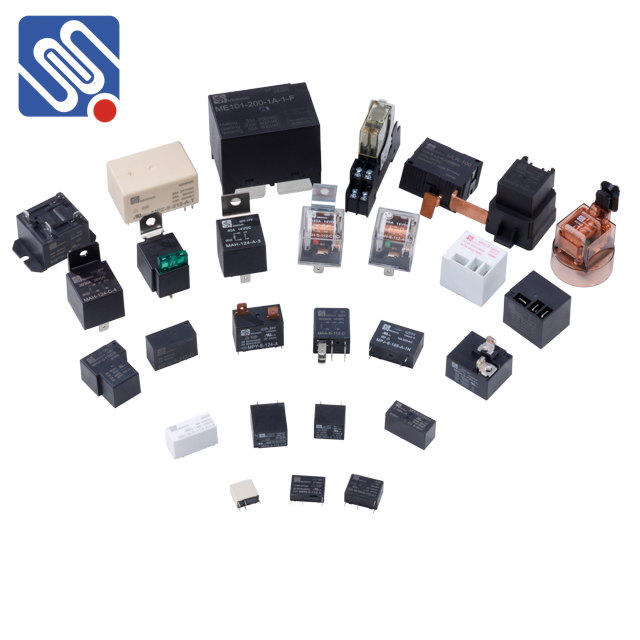Relay is a powerful framework developed by Facebook to efficiently manage data in React applications. It works seamlessly with GraphQL, optimizing the way data is fetched, cached, and manipulated between the client and server. One of the core features of Relay is its support for specific GraphQL types, which helps facilitate efficient data queries, mutations, and pagination. These types, collectively known as “Relay Types,” are integral to how Relay optimizes data flow. In this article, we will dive into the key Relay types that allow developers to implement smooth and efficient data handling in their applications.

1. Node Type The Node type is one of the most important concepts in Relay, forming the backbone of the Relay system. In GraphQL, a Node represents any entity in the data graph. To make nodes globally identifiable, Relay introduces a globally unique identifier (id) for every object in the system. This allows clients to query any type of data across different types of resources without ambiguity. Every Node must implement the Node interface, which includes the id field. This approach enables clients to request the exact data they need and ensures that each entity can be uniquely identified across all queries.